Species Photo Gallery for Cyrtolobus puritanus No Common Name 11 |
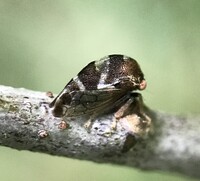 | Photo by: Ted Wilcox
Watauga Co.
Comment: unid_treehopper | 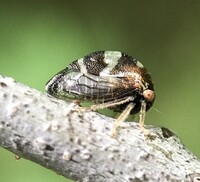 | Photo by: Ted Wilcox
Watauga Co.
Comment: unid_treehopper |
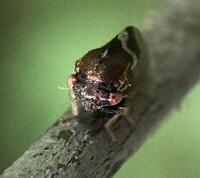 | Photo by: Ted Wilcox
Watauga Co.
Comment: unid_treehopper |  | Photo by: Ted Wilcox
Watauga Co.
Comment: unid_treehopper |
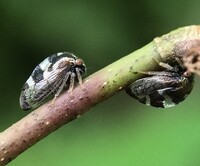 | Photo by: Ted Wilcox
Watauga Co.
Comment: unid_treehopper | 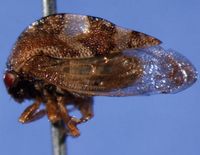 | Photo by: Matthew S. Wallace
Out Of State Co.
Comment: female |
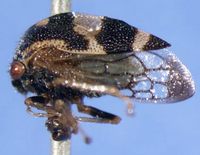 | Photo by: Matthew S. Wallace
Out Of State Co.
Comment: male |  | Photo by: Kyle Kittelberger, Brian Bockhahn
Rockingham Co.
Comment: open area near mixed hardwood forest and a pond |
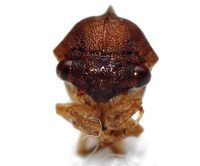 | Photo by: Kyle Kittelberger, Brian Bockhahn
Rockingham Co.
Comment: open area near mixed hardwood forest and a pond | 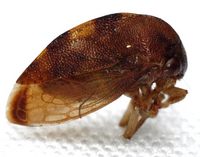 | Photo by: Kyle Kittelberger, Brian Bockhahn
Rockingham Co.
Comment: open area near mixed hardwood forest and a pond |
 | Photo by: Kyle Kittelberger, Brian Bockhahn
Rockingham Co.
Comment: open area near mixed hardwood forest and a pond |

 »
»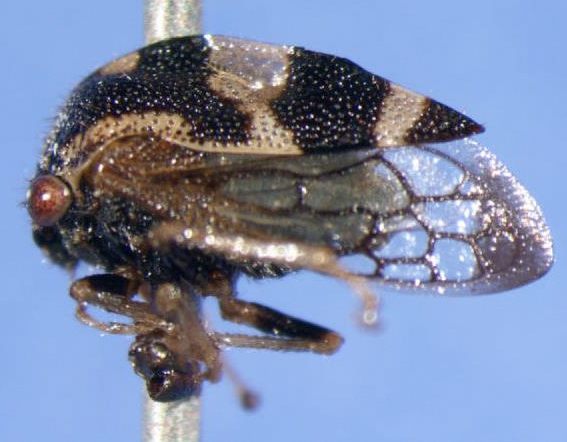
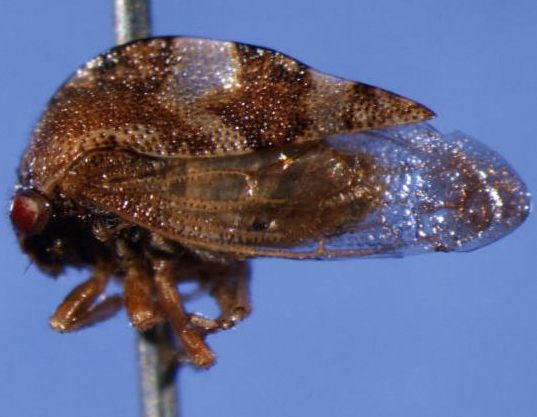


 »
»

